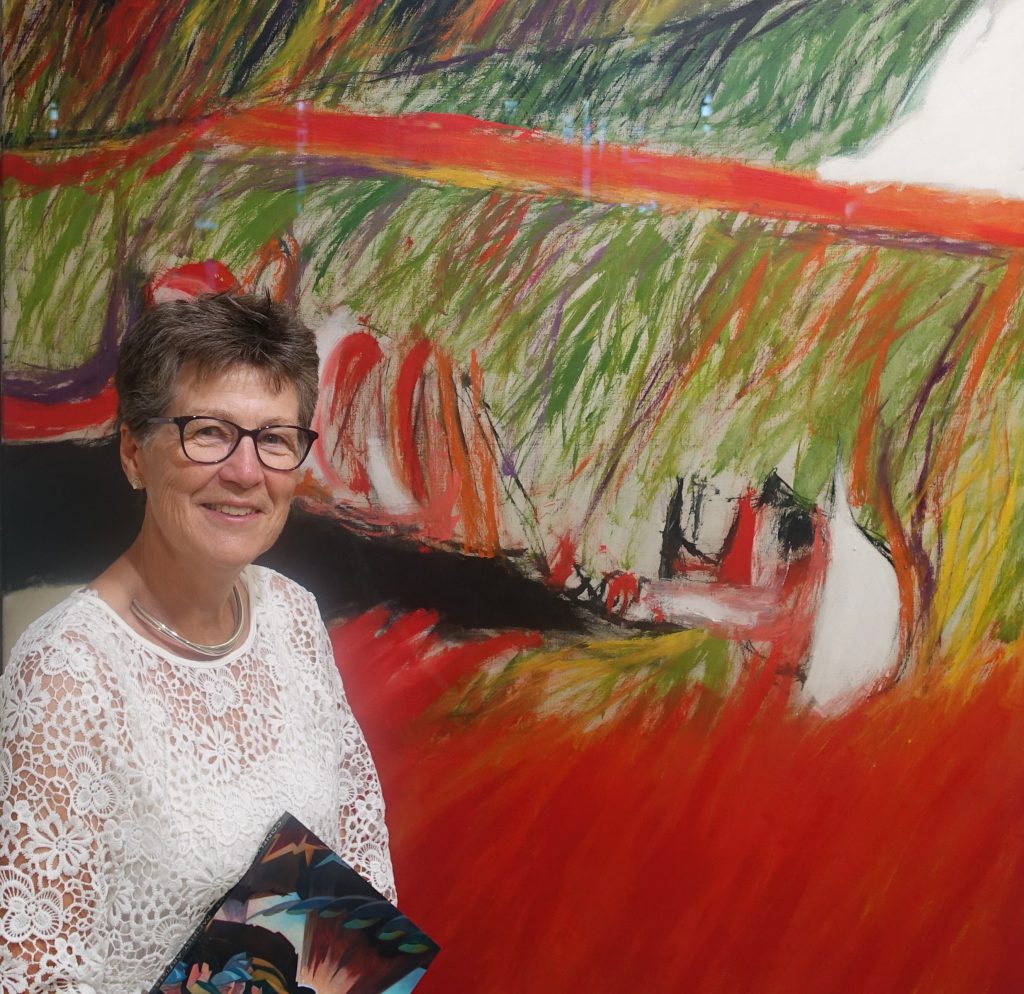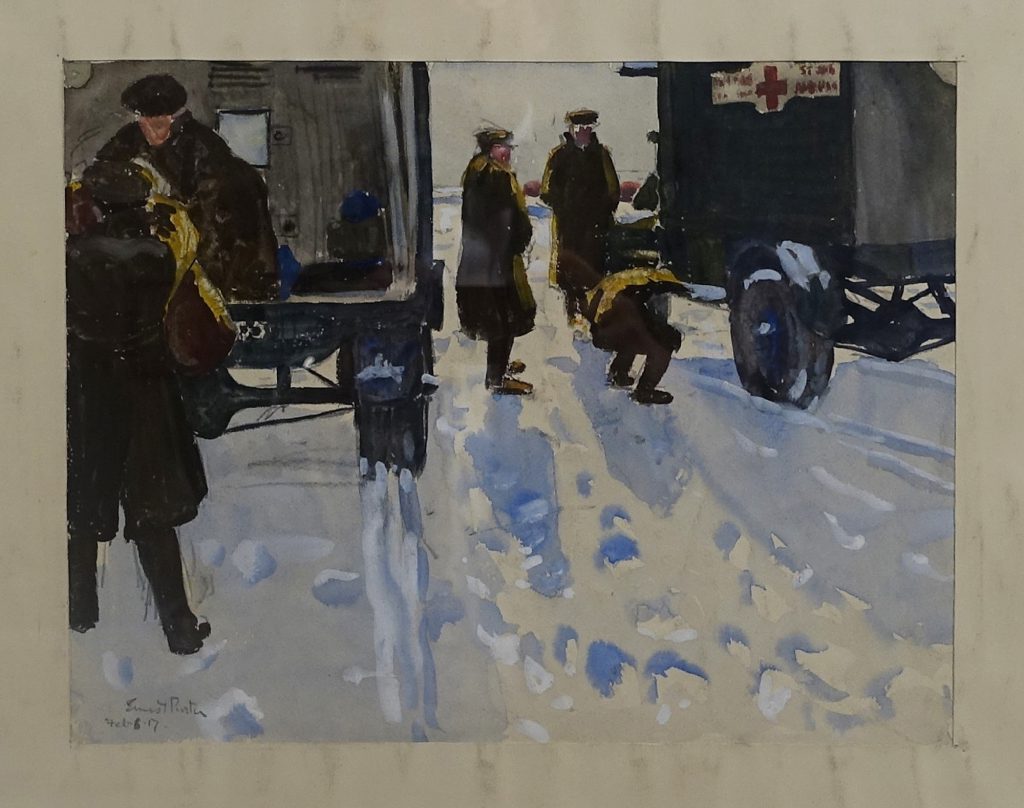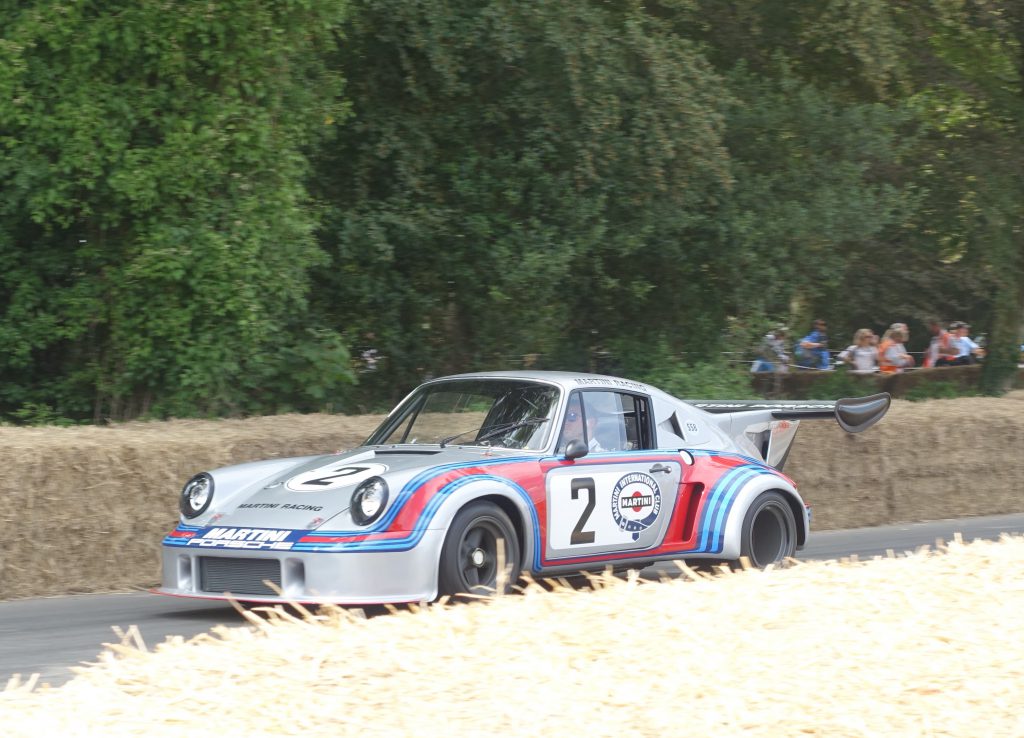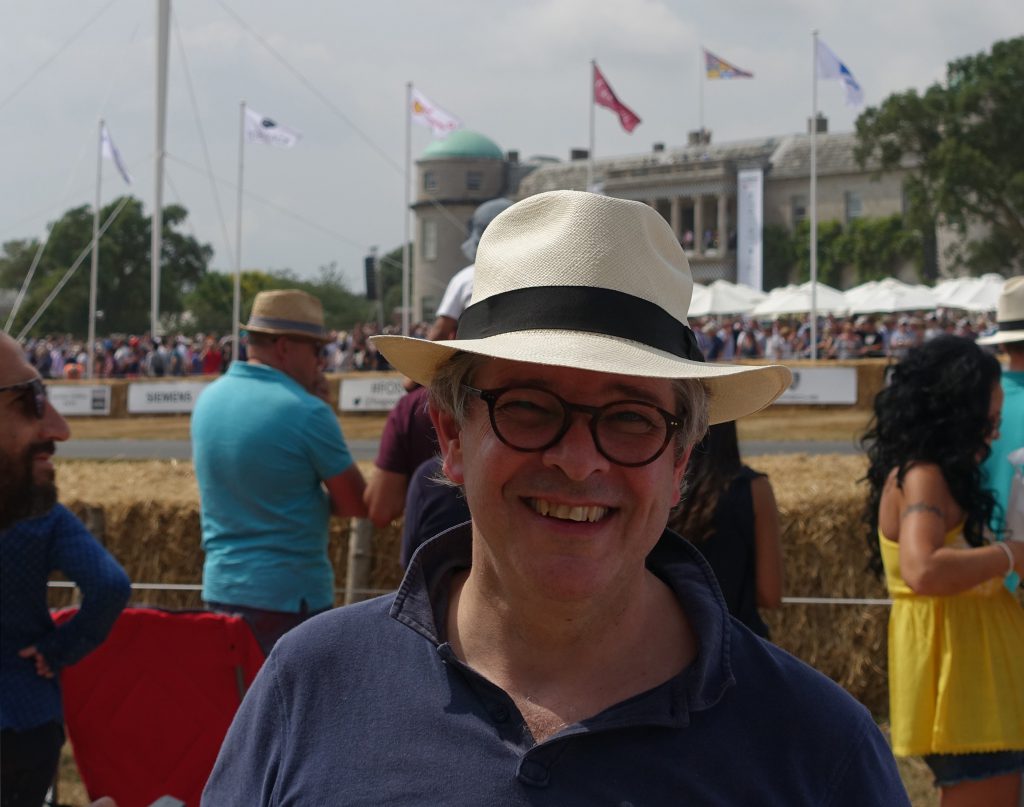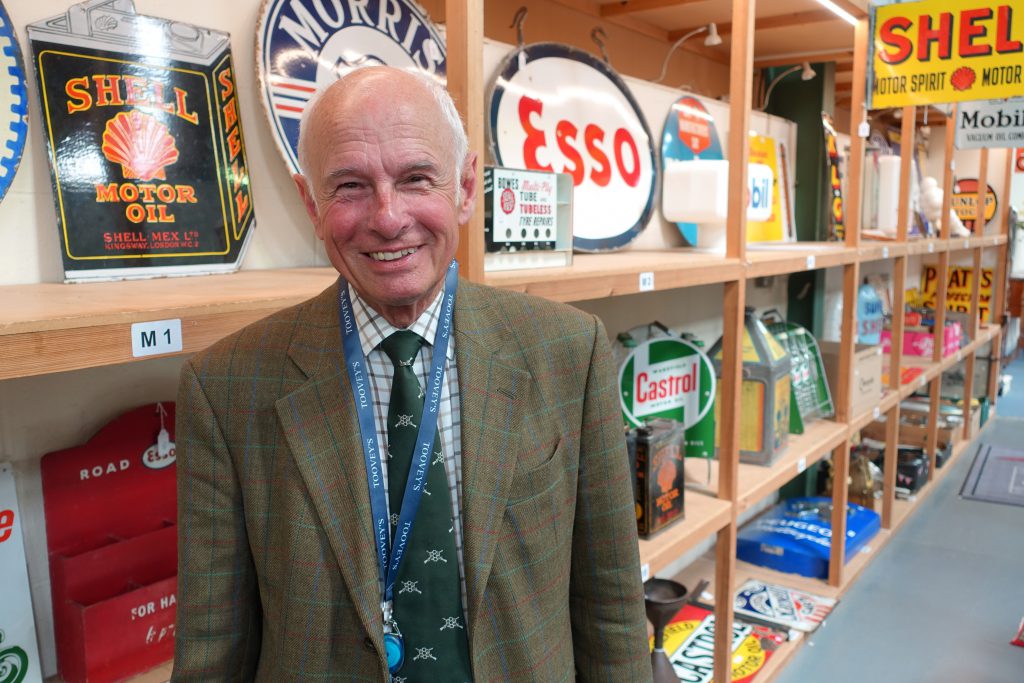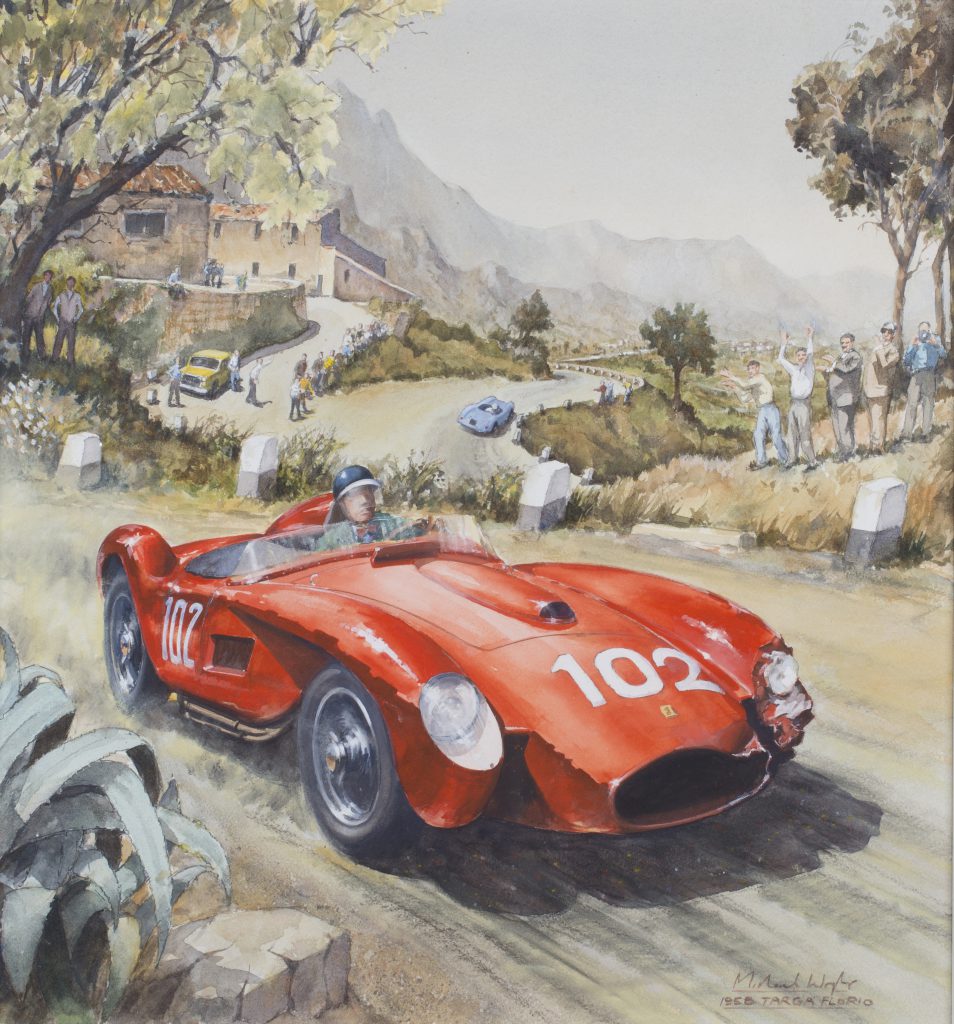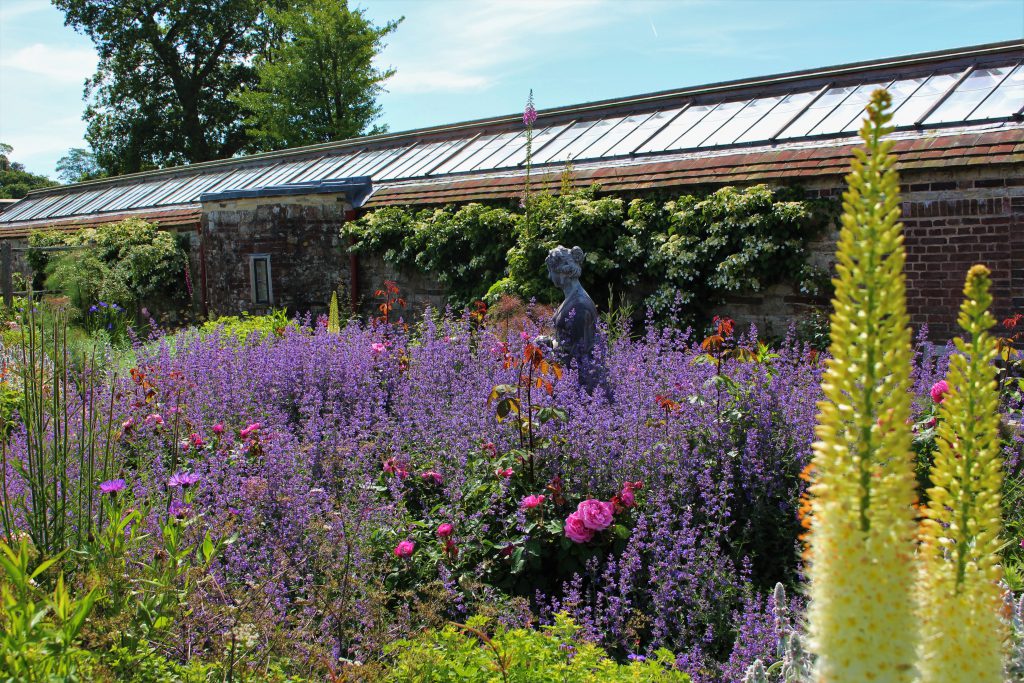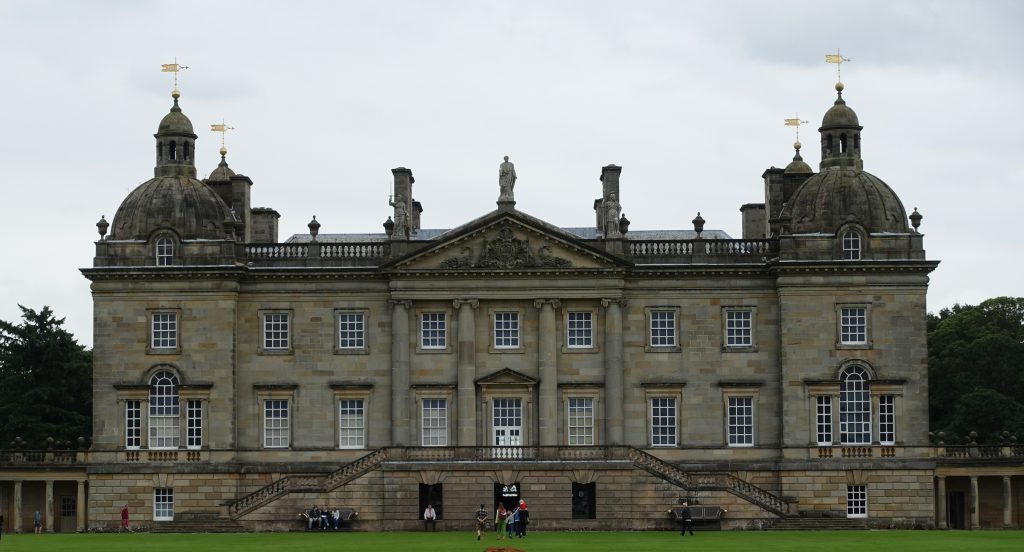
This week I am writing to you from one of England’s most important country houses.
The English Country House is one of our nation’s greatest contributions to human civilization. Their assemblance of paintings and objects have a particular beauty born of the passions of their families. Nowhere is this more apparent than at Houghton Hall in Norfolk, the home of Britain’s first Prime Minister, Sir Robert Walpole, 1st Earl of Orford (1676-1745). The house captures the ambition of a man and a nation in the ascendancy.
Sir Robert Walpole was the most powerful statesman of his day. He was gifted with figures and an adept politician. Between 1722 and 1742 he was both First Lord of the Treasury and Chancellor of the Exchequer. A Whig politician, Walpole’s middle way attracted moderates from both the Whig and Tory camps. He strove for lower taxes, peace and growing exports.
His assured taste in art and architecture enabled him to build Houghton in just thirteen years and to form a remarkable collection of art and objects. It was conceived not only as a power house for political entertaining but also as a family home.
Walpole sought to bring Palladianism to the English countryside.
Palladianism is based on the designs of the 16th-century Italian architect Andrea Palladio. Palladio was inspired by the buildings of ancient Rome. British designers drew on Palladio’s work to create a Classical British style. The most influential and earliest exponent was the English architect Inigo Jones who travelled throughout Italy between 1613 and 1614 with the ‘Collector’ Earl of Arundel annotating his copy of Palladio’s treatise.
Palladian exteriors, like at Houghton, were plain and based on strict rules of proportion. In contrast, the interiors were richly decorated. This style remained fashionable from around 1715 up until 1760.
The first design for Houghton was produced by the architect, James Gibb. The pure Palladian design was interrupted with the addition of the dramatic domes but the house is beautifully conceived. The interior designs, decoration and finishing of the principle floor was originally undertaken by William Kent in about 1725.
Ambition outstripped wealth and Sir Robert Walpole’s debts led to much of his remarkable collection of art being sold in 1779 to Catherine the Great of Russia. Walpole’s collection is one of the major building blocks of today’s Hermitage Collection.
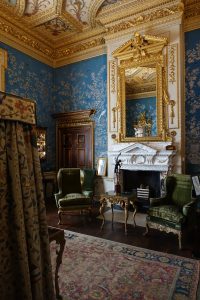
The Cabinet room was originally conceived to display fifty-one of his smaller paintings. After their sale the 3rd Earl introduced the fine blue-ground chinoiserie wallpaper we see today. The two English rococo wall mirrors and lacquer wall cabinets compliment this design. Here the classical gives way to decorative motifs drawn from nature and the influences of the Chinese reflecting the international qualities of our nation. The two classical green velvet chairs with their walnut and gilt-gesso frames are earlier from the time of William Kent. This medley of styles and periods brought together by successive generations of the family works with an evolving harmony. It is typical of English Country House taste.
Much of the furniture at Houghton is original to the house and its quality is testament to Sir Robert Walpole’s unerring eye and ambition.
To find out more about this jewel like house and its collections visit www.houghtonhall.com.
Houghton has always been compared with neighbouring Holkham Hall so I will be sending my next postcard from Norfolk to you from there. It remains to say “Wish you were here!”
By Rupert Toovey, a senior director of Toovey’s, the leading fine art auction house in West Sussex, based on the A24 at Washington. Originally published in the West Sussex Gazette.
